- HOME
- Japan Heritage and the ninja
- Ninja,the preservers of the regional peace
Ninja,the preservers of the regional peace
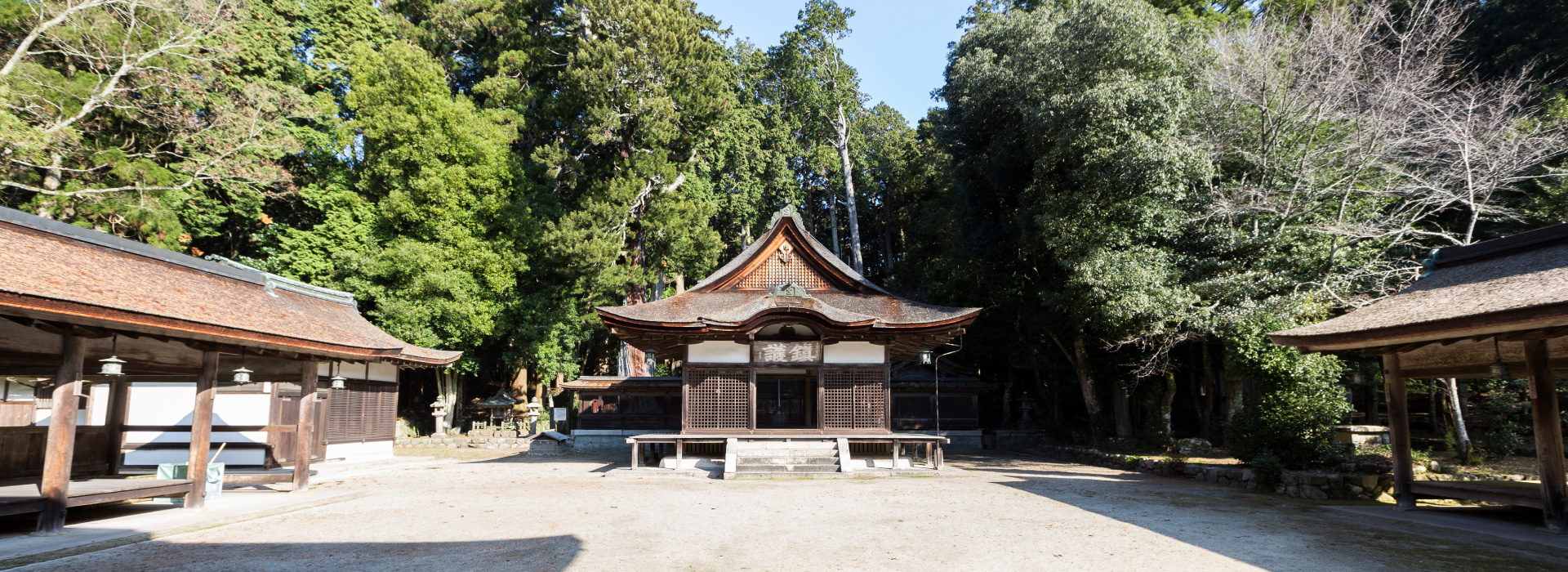
The real image of the ninja was that of "local samurai" called "Iga-shu" and "Kouga-shu".
During the Warring States period, no powerful feudal lords emerged from the region, so local autonomy developed out of the need to govern their own lands with their own power, and they worked together to protect the region.
The local samurai allied with each other on the scale of a single province or county and called their autonomous organizations "Iga Sokoku Ikki" and "Kouga Gunchu Sou" (Kouga County Chuso), and were close to each other.
The clans were strongly united, and they were united in the "unity of one and the same" and "discussed various matters", sometimes even using majority rule to decide things. In the Warring States Period, when feudalism was growing stronger and a storm of rivalry was raging, the way in which everyone worked together to keep the peace in the region, rather than being ruled by the power of a single lord, was quite different from the ruthless world depicted on TV and in animated films.
This is evident in the distribution of castle buildings.
Because of the lack of prominent power here, there were no particularly large castles, and because local samurai of the same kind were gathered together, a world of castle buildings of the same shape and size crowded together in a small area emerged.
However, with the emergence of powerful rulers such as Oda Nobunaga and Toyotomi Hideyoshi, who aimed to unify the country, these autonomous local samurai organizations came to an end.
On the other hand, throughout the Warring States period, the skills of the ninja were valued, and they were active in the service of feudal lords in various regions.
In 1582, after the Honnoji Incident, Tokugawa Ieyasu, who was in Sakai, was escorted by Iga and Kouga ninja through this area as the shortest route back to his native Mikawa.
After Oda Nobunaga was killed by Akechi Mitsuhide in the Honnoji Incident, Tokugawa Ieyasu, who was in Sakai, set out to return to his home territory of Mikawa.
It is said that Iga and Koga warriors escorted him to Mikawa to fend off attacks from local forces, including the army of Akechi Mitsuhide, who had defeated Oda Nobunaga.
The Tarao family of Kouga was appointed as a deputy governor until the end of the Edo period for escorting Ieyasu.
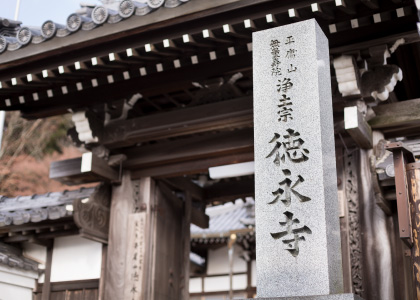
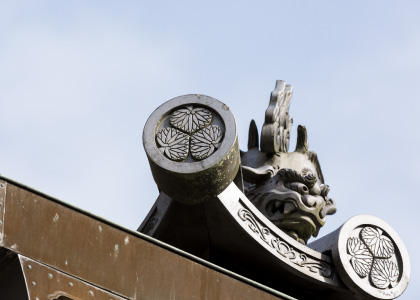
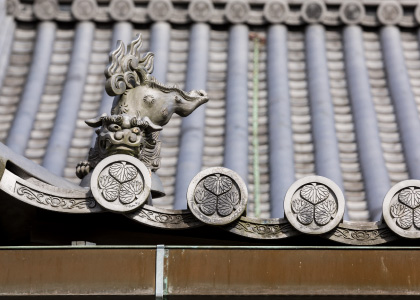
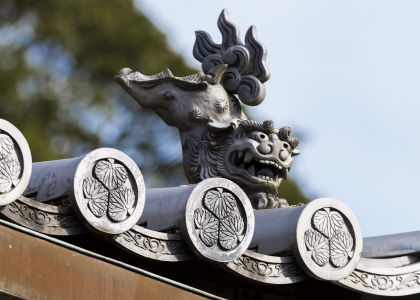
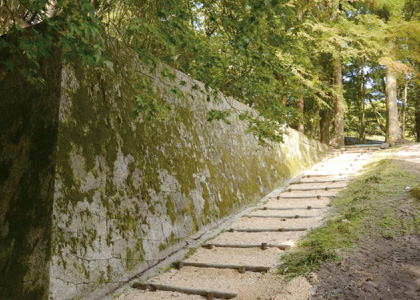
-
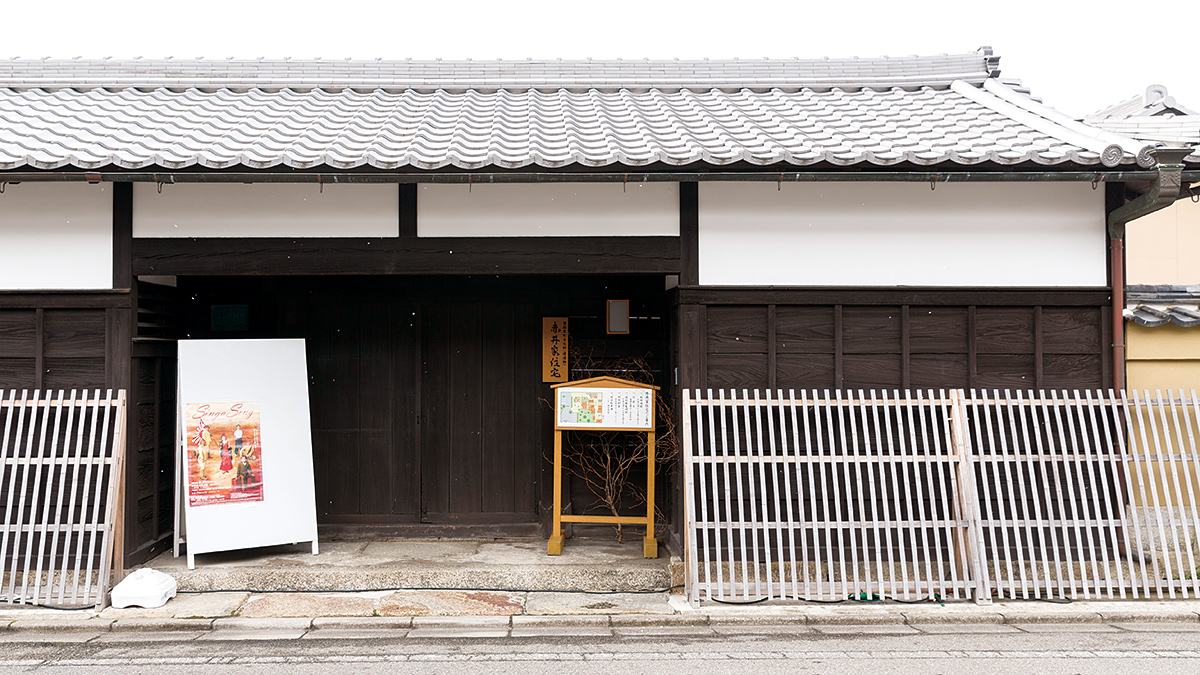
Shinobicho, the town where Iga ninja lived
-
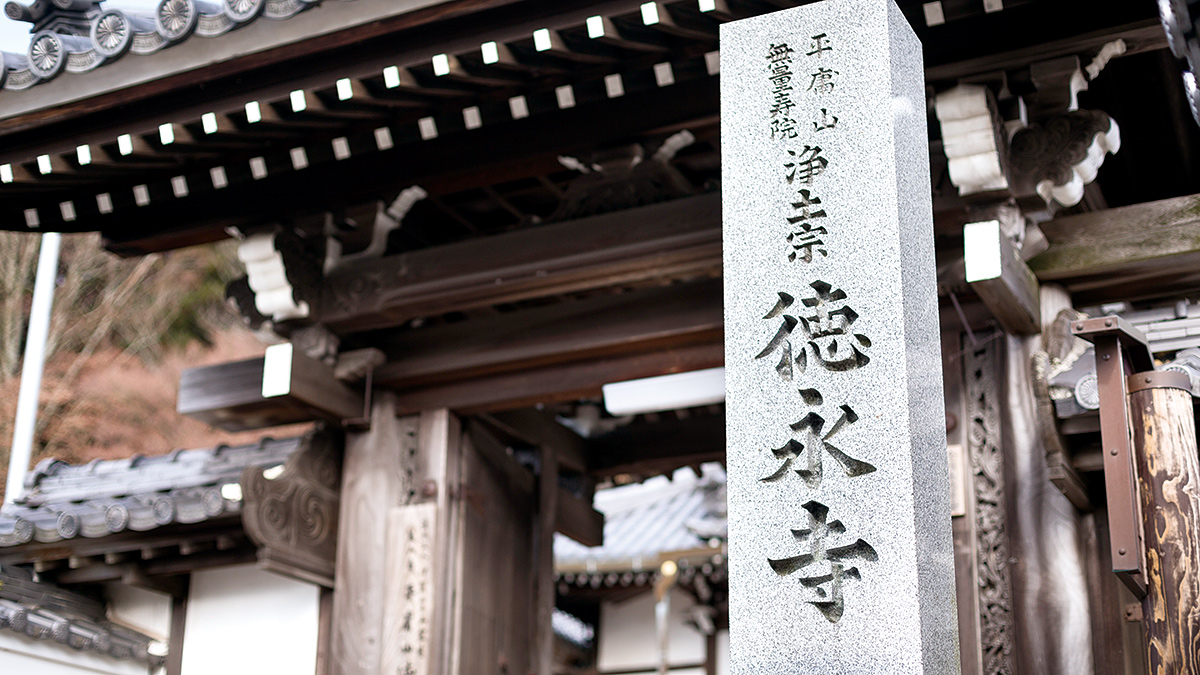
Tokuei-ji Temple, a temple that links Tokugawa Ieyasu and the ninja
-
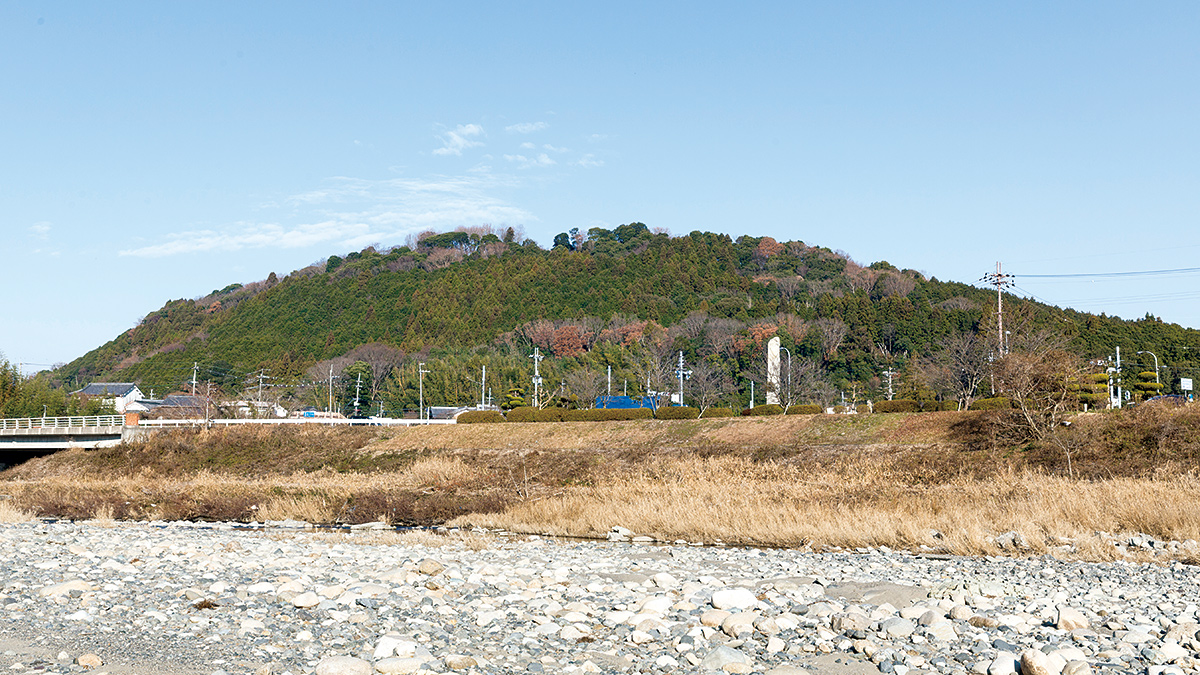
Minakuchi Okayama-jo Castle Ruins
-
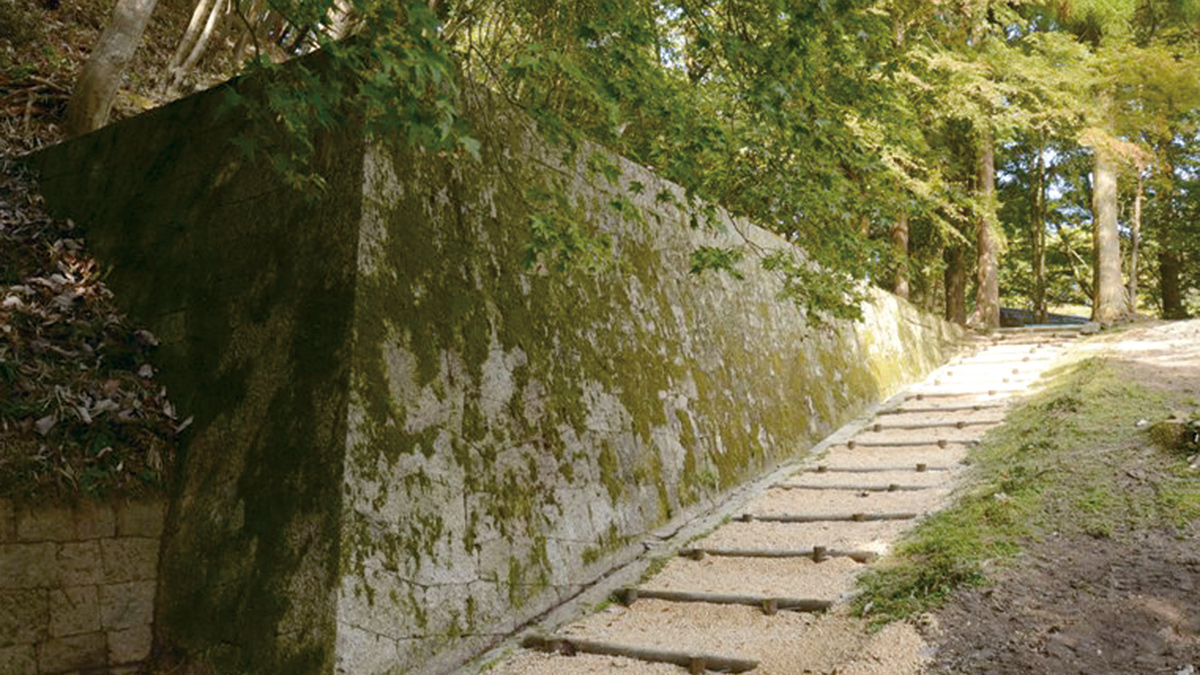
Shinkun Igagoe-related Remains
-
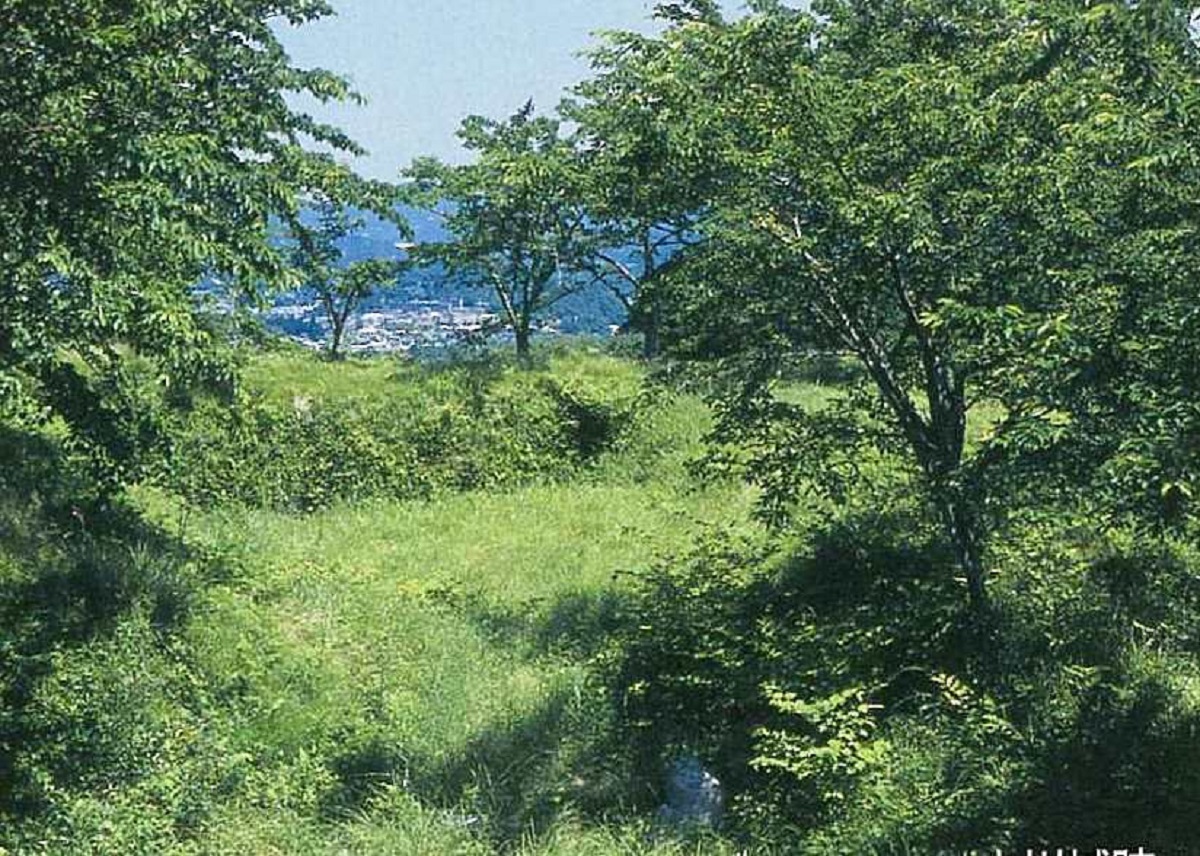
Ogawa-jo Castle Ruins, a prefectural historic site
-
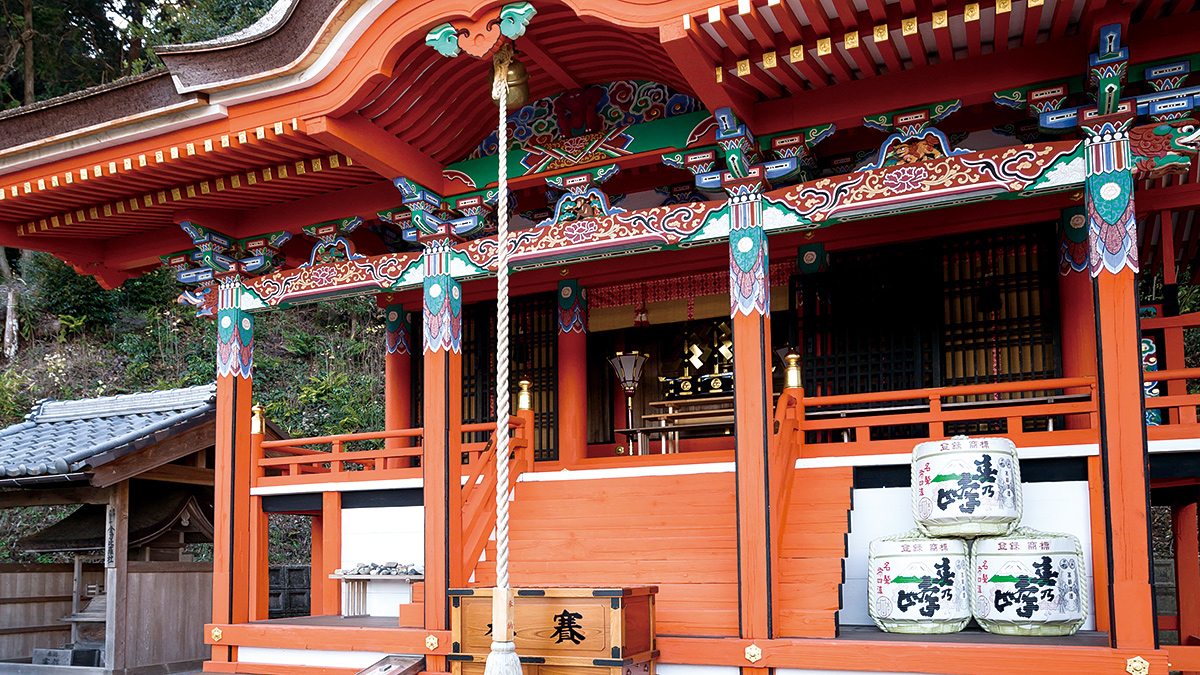
Hinoo-jinja Shrine
-
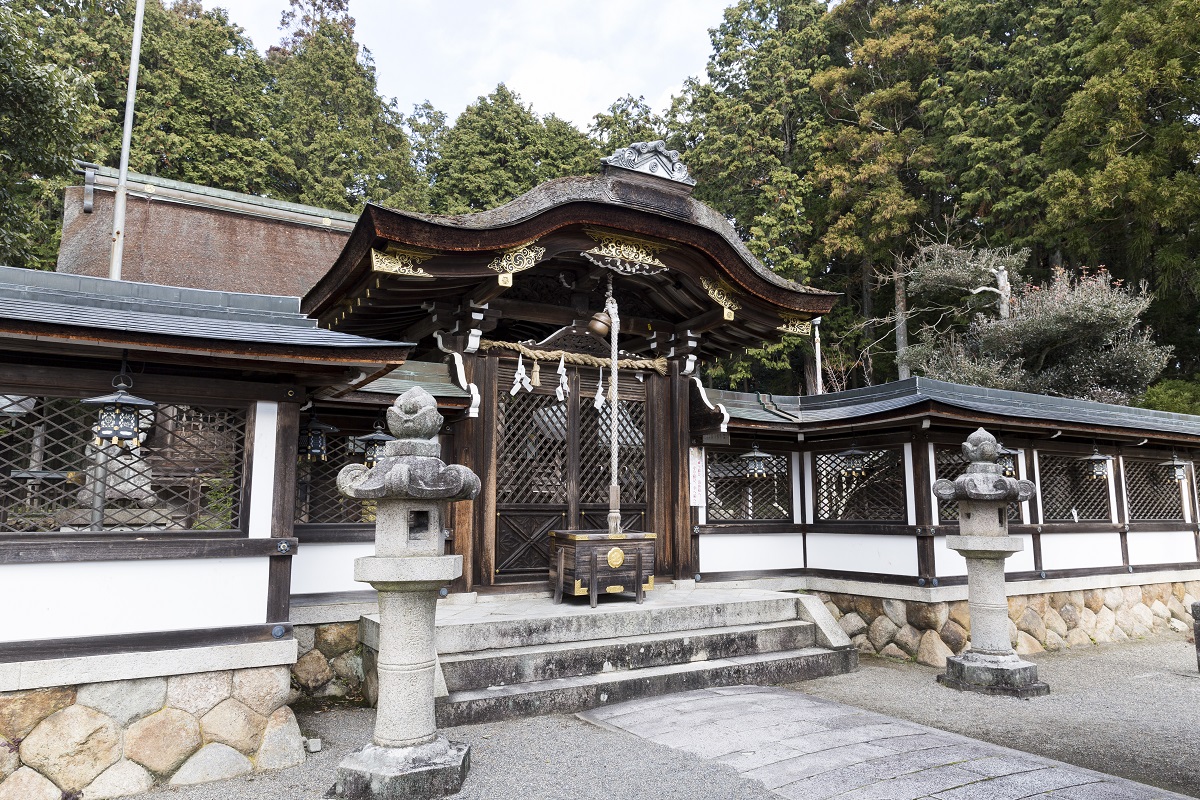
Otori-jinja Shrine
-
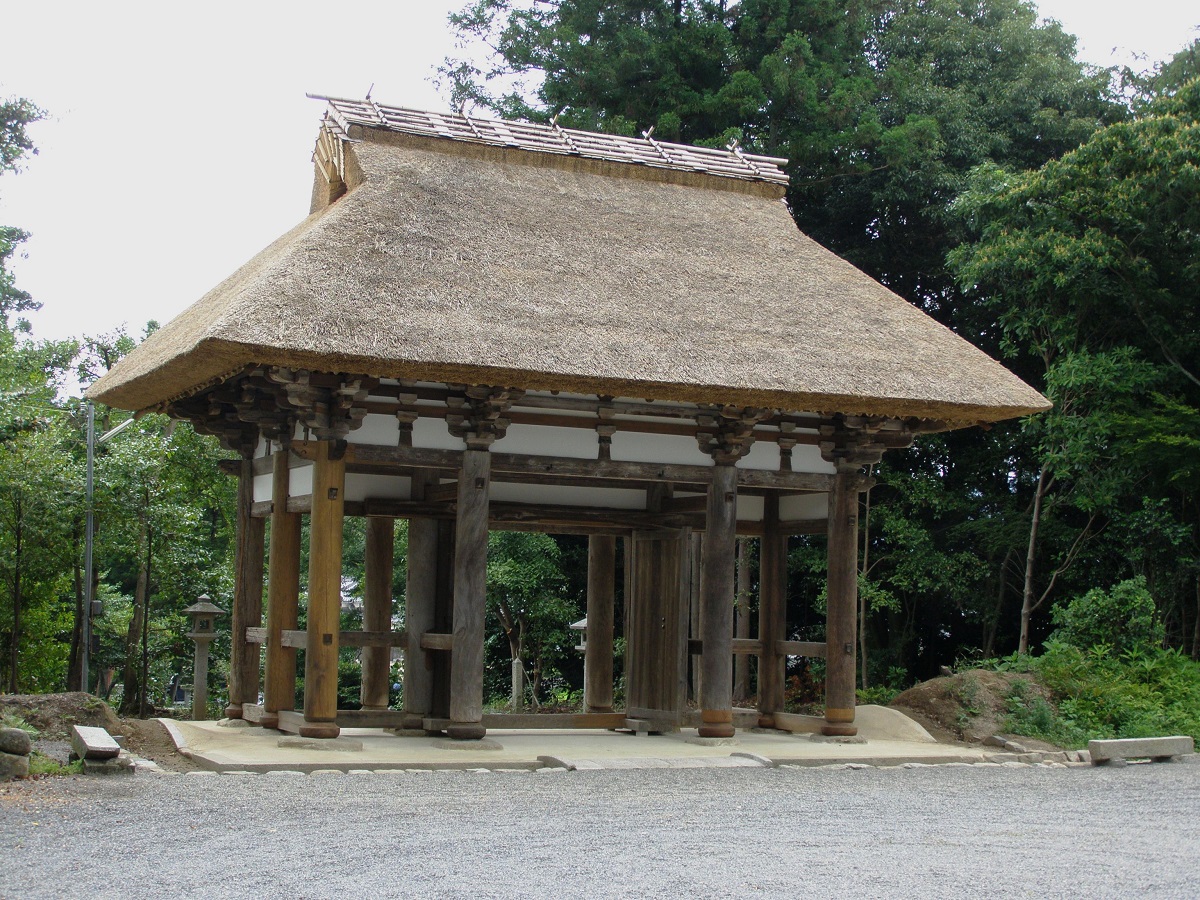
Yagawa-jinja Shrine
-
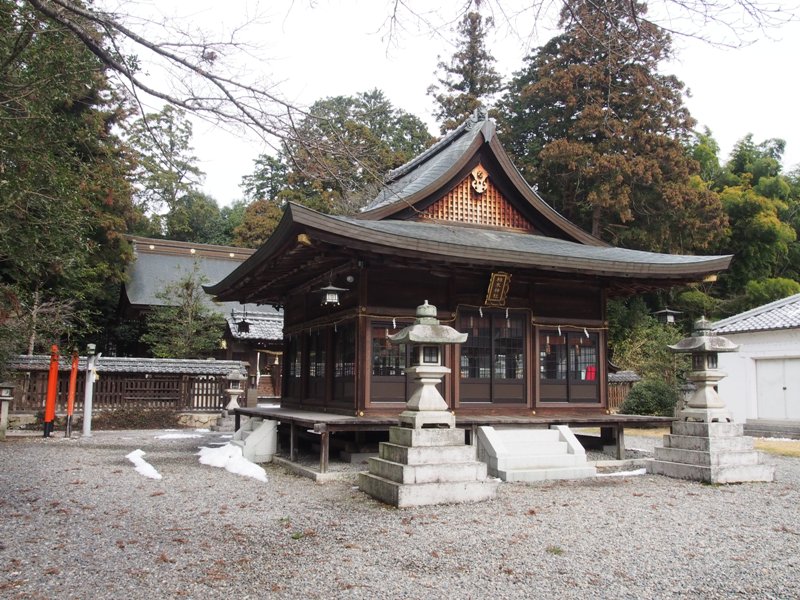
Kashiwagi-jinja Shrine
-
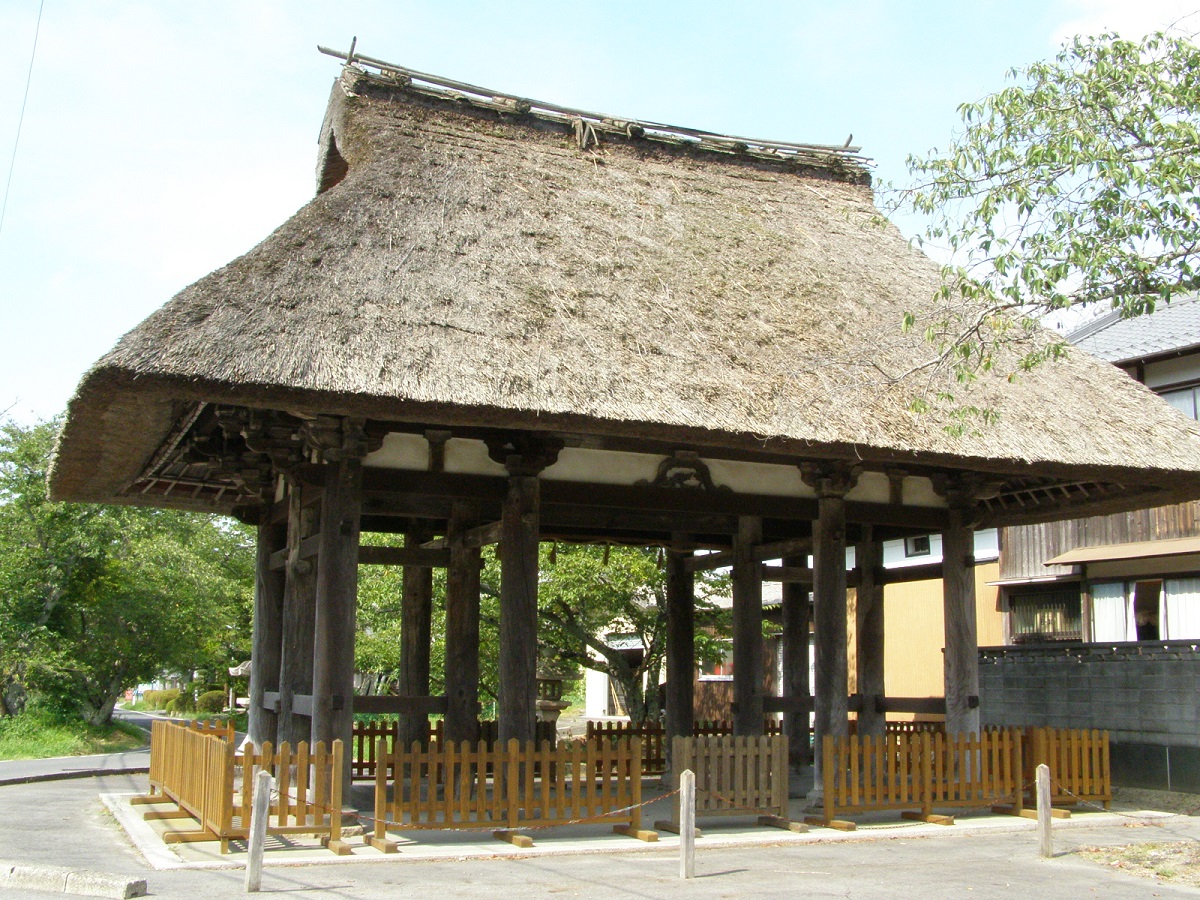
Shingu-jinja Shrine

